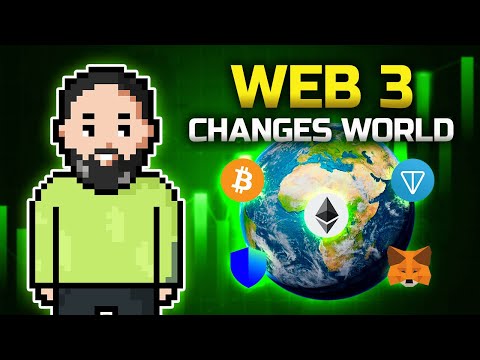
title
The Evolution of Web 1.0: A Nostalgic Journey
Ah, the ’90s—the era of slap bracelets, dial-up modems, and Web 1.0. Web 1.0, or as I like to call it, the “read-only web,” was a simpler time. Websites were like digital brochures: static, unchanging, and if you were lucky, maybe featured an animated GIF of a dancing baby. Remember that sound like a robot screaming for help? Web 1.0 was all about consuming content. You read it, you maybe printed it out, and you wished that nobody talked on the phone while you were browsing the web.
The Characteristics of Web 1.0
Web 1.0 was fundamentally different from what we experience today. The dd key features were:
Static Pages
Websites in the Web 1.0 era were static. Pages were built using HTML and were rarely updated. The content was fixed, and users could only read what was presented to them. Learn more  .
.
Limited User Interaction
Unlike today’s web, where interaction is key, Web 1.0 offered limited user interaction. There were no comment sections, no social media sharing buttons, and certainly no real-time updates. Users were passive consumers of content.
Simple Design
The design of Web 1.0 sites was simple and straightforward. There were no complex layouts or advanced graphics. Most websites relied on basic HTML tags and inline styles. The simplicity was partly due to the limited internet speeds and browser capabilities of the time.
The Technology Behind Web 1.0
The technology stack for Web 1.0 was quite basic compared to today’s standards. Here are some key components:
HTML
HTML (HyperText Markup Language) was the backbone of Web 1.0. It provided the structure for web pages, allowing developers to create headings, paragraphs, lists, and links. Explore HTML History  .
.
GIFs and Images
Graphics Interchange Format (GIF) images were popular in Web 1.0 for adding simple animations. These were often used to make websites more visually appealing. However, the quality and resolution were quite limited.
CSS
Cascading Style Sheets (CSS) were in their infancy during Web 1.0. Most websites used inline styles directly within HTML tags. The separation of content and design that CSS provides was not yet a mainstream practice.
The User Experience of Web 1.0
Browsing the web in the ’90s was a unique experience. Here’s what it felt like:
Dial-Up Modems
Connecting to the internet involved using a dial-up modem. The process was slow and often interrupted by phone calls. The sound of the modem connecting was iconic and unmistakable. Listen to Dial-Up Sound  .
.
Slow Loading Times
Web pages took a long time to load. Users had to be patient as images and text appeared slowly on their screens. This was due to the limited bandwidth and the large file sizes of images and media.
Bookmarking and Printing
Since there were no social media platforms to share interesting content, users often bookmarked their favorite sites or printed out pages for future reference. This was a common practice to ensure they could revisit valuable information.
The Legacy of Web 1.0
Despite its limitations, Web 1.0 laid the foundation for the modern web. Here are some of its lasting impacts:
Introduction of the Internet
Web 1.0 introduced the internet to the masses. It made information accessible to millions of people and set the stage for the digital revolution that followed. Discover Internet History  .
.
Development of Web Standards
The early days of the web led to the development of web standards. Organizations like the World Wide Web Consortium (W3C) were established to create guidelines for web development, ensuring consistency and compatibility across different browsers and platforms.
Evolution to Web 2.0
Web 1.0 eventually evolved into Web 2.0, also known as the “read-write web.” This new era brought dynamic content, user-generated content, and interactive web applications. The foundation laid by Web 1.0 was crucial for this evolution.
Conclusion
Web 1.0 may seem primitive by today’s standards, but it was a pivotal moment in the history of the internet. It introduced the world to the possibilities of the web and set the stage for the dynamic, interactive experiences we enjoy today. So, the next time you hear the sound of a dial-up modem, take a moment to appreciate the humble beginnings of the digital world.
Ready to join the Musk Empire? Believe in the project? ? Join now




 Bengali
Bengali Chinese (Simplified)
Chinese (Simplified) English
English Hindi
Hindi Indonesian
Indonesian Irish
Irish Spanish
Spanish Swedish
Swedish Turkish
Turkish